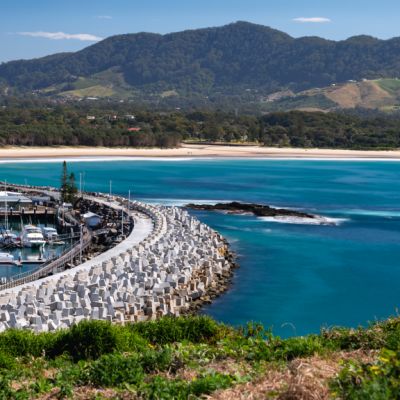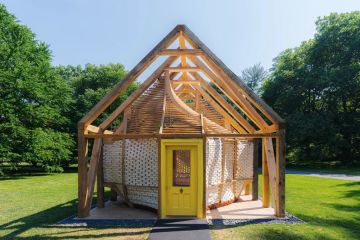The pros and cons of investing in property in America
Overseas stocks and shares form an intrinsic part of every portfolio but when it comes to buying property in other countries, many investors are understandably wary.
But renowned property investor Lindsay Stewart, the founder and global operations manager of Star Dynamic Property Investments, is adamant that they may be missing lucrative opportunities that other markets offer.
He, for instance, has just launched a $50 million high-growth fund to give Australians a foothold in the US residential property market. The Cornerstone International Property Fund he founded with Condor International Property Group director Michael Eagar buys suitable three and four-bedroom houses in Florida, Texas, Michigan and Missouri, renovates them, and then sells them, with the profit reinvested in the fund.

“I’ve been operating in the US myself for about 10 years because it offers a lot of advantages,” Stewart says. “You buy there for a lot less than you can buy in Australia, with no stamp duty, lower prices, cheaper renovation costs and not the high capital gains tax you have here.
“There’s a lot of migration into Florida – like into the Gold Coast here – with retirees looking for warmer weather. There’s also a hell of a lot of post-COVID movement into Texas, with Austin becoming the next Silicon Valley, and I’ve also worked in both Michigan and Missouri where we have people on the ground.”
The business model involves buying houses for around $US150,000 each, spending $US50,000 to $US60,000 on the renovation, and then reselling for $US250,000 to $US300,000. Investors can join the fund with an outlay from $50,000 for a minimum investment term of 12 months.
“Our strategy is short-term manufactured growth rather than long-term market growth that you have little control over, with changing interest rates and exchange rates,” says Stewart.
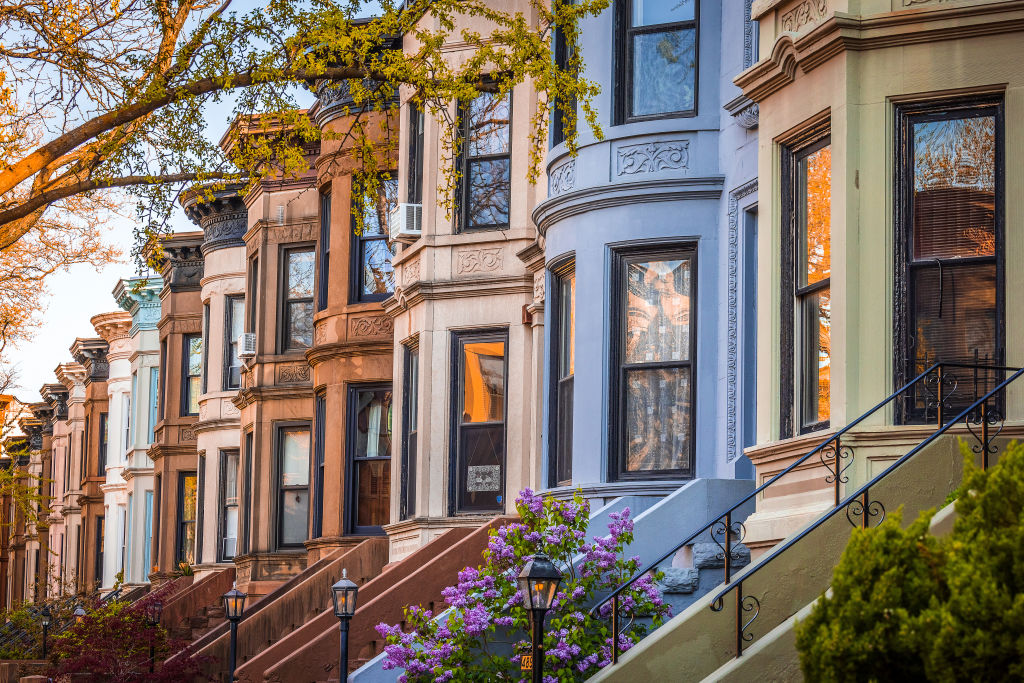
Some investment advisors, however, prefer the purchase of property closer to home.
Nathan Lewes, managing director of Asset Base, for example, favours leveraging investment for the advantages of compounded growth.
“Long-term, property will always prove a good investment as a general rule,” he says. “There’s great growth to be had in Australia; 8 per cent is pretty hard to beat. In the US, the biggest elephant in the room is how high are interest rates going to climb?
“It’s not the most stable market to be playing in. They’ve had a good run for the past couple of years but it’s quietened down now.”
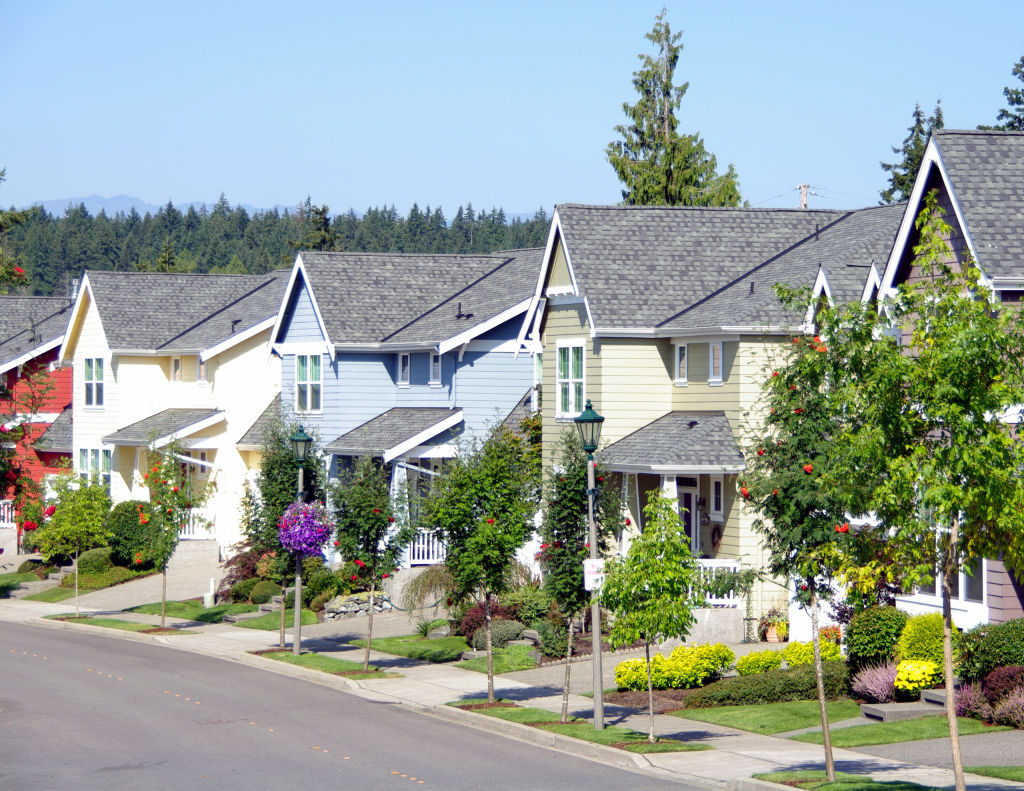
Chief executive officer of The Property Mentors Luke Harris is another who chooses to buy in Australia. After the GFC, US property was really hot, with houses in Detroit for sale for as little as $US20,000, he says.
“But today, it’s a very niche market for Australian investors,” he says. “For me, you can make enough money in Australia, so you don’t need to go offshore into international markets.
“You have to research these options very carefully and there’s often a lot you don’t know about another country when it comes to investing, like tax – with each county in the US having its own regulations – finance, renovation costs, holding costs, council rates, laws. It may be a good idea, but you need to investigate the intricacies, and risks.”
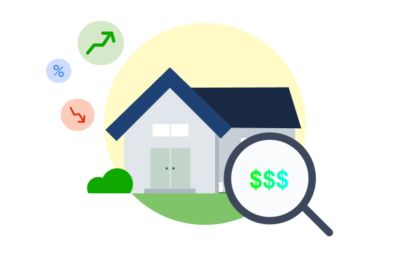
We recommend
States
Capital Cities
Capital Cities - Rentals
Popular Areas
Allhomes
More

